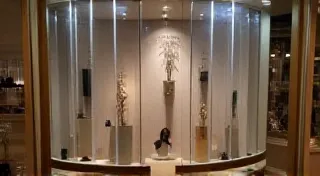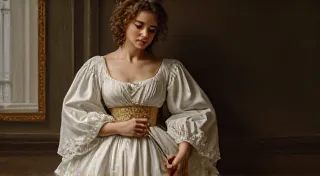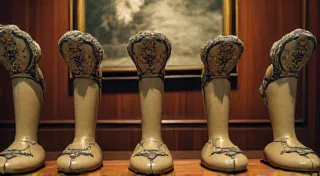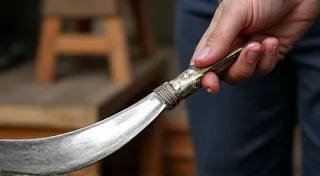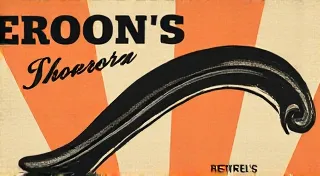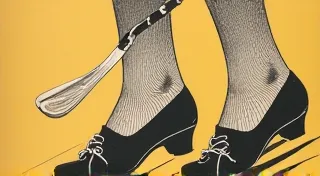Beyond the Foot: Other Uses for Vintage Shoehorns
There’s a quiet elegance to vintage objects, a whisper of lives lived and stories held within their form. When we collect, we’re not just acquiring possessions; we're embracing history, connecting with artisans who poured their skill into creating something beautiful and useful. And few vintage accessories seem more unassuming, more readily overlooked, than the shoehorn. Most people envision a simple purpose: easing the foot into a boot or shoe. But to dismiss the antique shoehorn as a mere foot-assisting tool is to miss a fascinating narrative – a narrative filled with unexpected uses, cultural significance, and a testament to human ingenuity. Let's delve beyond the foot and explore the surprising, often overlooked, history of these elegant tools.
My own collecting journey began, rather serendipitously, in a dusty antique shop. Surrounded by porcelain dolls and tarnished silver, a small, mother-of-pearl shoehorn caught my eye. Its simple grace, the subtle shimmer of the shell, spoke to me. I had no intention of collecting anything, let alone vintage shoehorns. Yet, holding that object, I felt a tangible connection to a time when details mattered, when even the act of putting on shoes was treated with a level of care and refinement we often lack today. It wasn’t just a tool; it was a miniature work of art.
A Reflection of Fashion & Form
To understand the wider use of vintage shoehorns, we need to understand their historical context. The shoehorn's popularity surged during the 18th and 19th centuries, a period of increasingly elaborate footwear. Boots, particularly, became notoriously difficult to put on, evolving into increasingly complex constructions of leather, laces, and buckles. A shoehorn wasn’t just a convenience; it was often a necessity. But the need for a shoehorn also fueled its evolution into a status symbol. They weren’t items found in every household.
Wealthy individuals commissioned elaborate shoehorns crafted from precious materials: ivory, sterling silver, gold, and those exquisite pieces of mother-of-pearl. These weren't simply functional objects; they were expressions of wealth and style, frequently gifted as part of formal dressing sets. The handle of a silver shoehorn might be intricately engraved with initials or a crest. The artistry went beyond mere utility. The very design of a shoehorn would mirror the prevailing fashion trends, sometimes adopting the shape of a swan’s neck or a stylized flower.
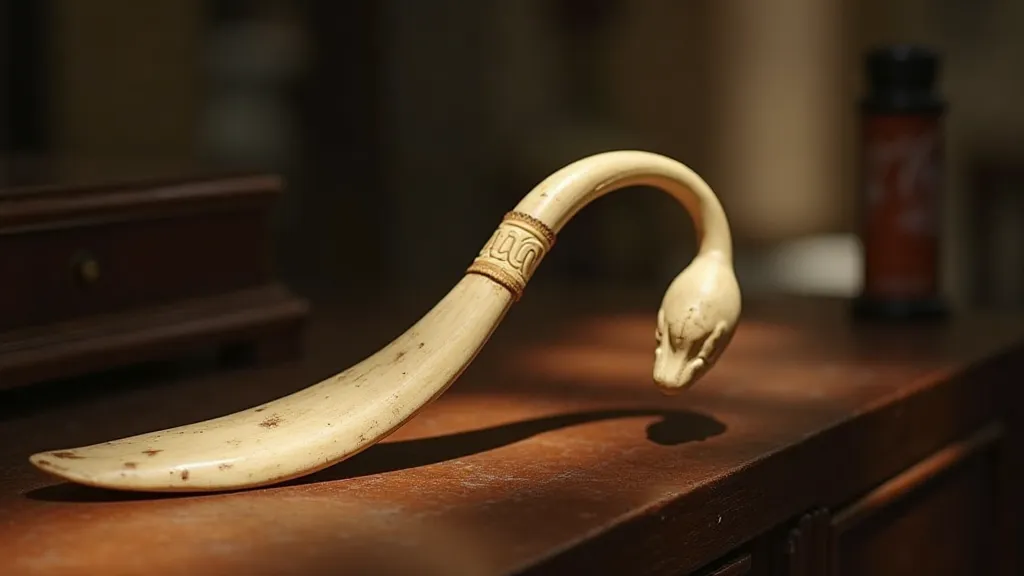
Beyond Footwear: Unexpected Uses
But here's the truly fascinating part: vintage shoehorns weren’t exclusively used for putting on shoes. Their slim, strong profile lent itself to a surprising range of alternative functions. Think of it less as a single-purpose tool and more as a versatile instrument for delicate manipulation.
Consider the Victorian era, a time obsessed with intricate needlework and delicate repairs. A shoehorn could be employed to thread ribbon through tiny pleats in fabric, to guide lace onto delicate trim, or even to carefully extract a snagged thread from a finely woven garment. The long, slender shape made it ideal for reaching into tight spaces where fingers couldn't.
There are accounts of them being used to retrieve dropped items from narrow crevices – a lost button, a misplaced hairpin, a dropped coin. Imagine the frustration of losing a treasured item, only to have a handy shoehorn prove to be the unlikely savior. It was a tool born of necessity, a testament to the resourcefulness of previous generations.
And let's not forget the world of music. While perhaps less common, some resourceful individuals reportedly used shoehorns to carefully clean out the intricate mechanisms of antique accordions and other musical instruments. The precise edge was perfect for dislodging dust and debris, extending the lifespan of cherished instruments.
The Artistry and Craftsmanship
Examining a vintage shoehorn, you can’s help but admire the craftsmanship. The materials alone speak volumes about the dedication of the artisan. Mother-of-pearl, painstakingly cut and polished, shimmers with an otherworldly glow. Sterling silver, often hallmarked with intricate designs, feels cool and substantial in the hand. Even simpler horn handles made of wood reveal careful shaping and finishing.
The construction itself showcases a mastery of technique. The precision required to create a smooth, strong, and elegant curve is significant. These weren’t mass-produced items; they were the result of deliberate, skilled labor. A slightly chipped edge on an older shoehorn isn’t a flaw; it's a mark of time, a silent witness to a life lived.
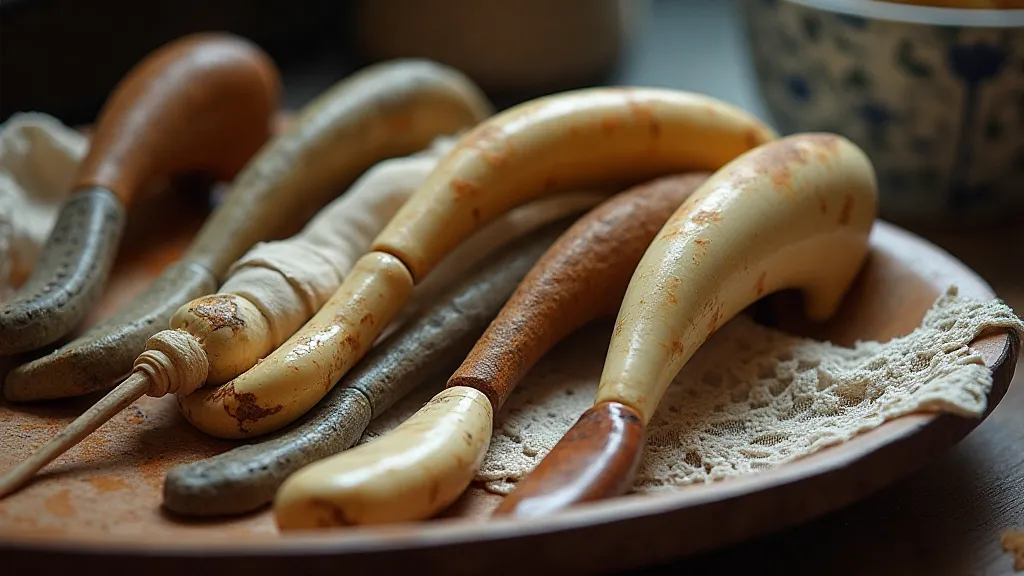
Collecting and Restoration: A Gentle Touch
Collecting vintage shoehorns isn’t about accumulating possessions; it's about preserving history, appreciating artistry, and connecting with the past. While some collectors focus on rarity – silver-handled shoehorns with elaborate crests are particularly sought after – the beauty of collecting lies in the journey of discovery. Every shoehorn tells a story, and uncovering that narrative is a reward in itself.
Restoration, when necessary, requires a delicate touch. Harsh chemicals or aggressive cleaning techniques can easily damage delicate materials. Often, the best approach is simply gentle cleaning with a soft cloth and a little patience. Preserving the patina of age – the subtle wear and discoloration that tell a story – is far more valuable than achieving a pristine, factory-fresh appearance.
Finding them can be a treasure hunt. Antique shops, flea markets, and online auctions are all fertile grounds for discovery. Be prepared to sift through a lot of ordinary items, but the thrill of uncovering a rare and beautiful shoehorn makes the effort worthwhile.
A Quiet Legacy
The vintage shoehorn may seem like a small, insignificant object in the grand scheme of things, but it represents a larger narrative—a narrative of refined elegance, thoughtful craftsmanship, and unexpected resourcefulness. It's a reminder that even the most mundane objects can hold a wealth of history and beauty. As we collect these quiet relics of the past, we not only preserve their physical form but also keep alive the spirit of a time when details truly mattered. They serve as a gentle reminder of a world where even putting on shoes was an act of artistry.

